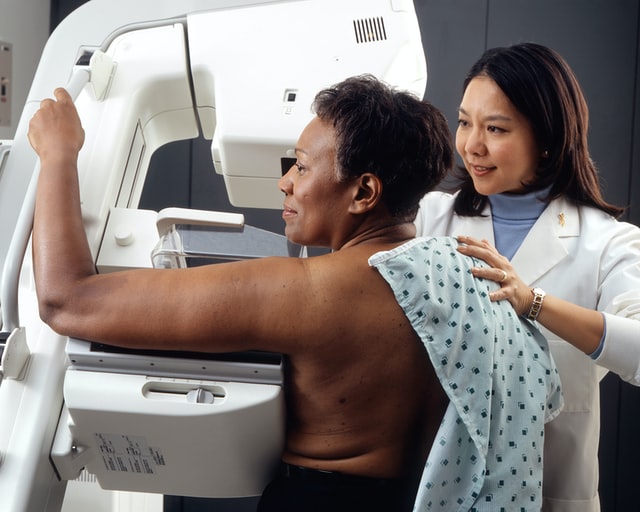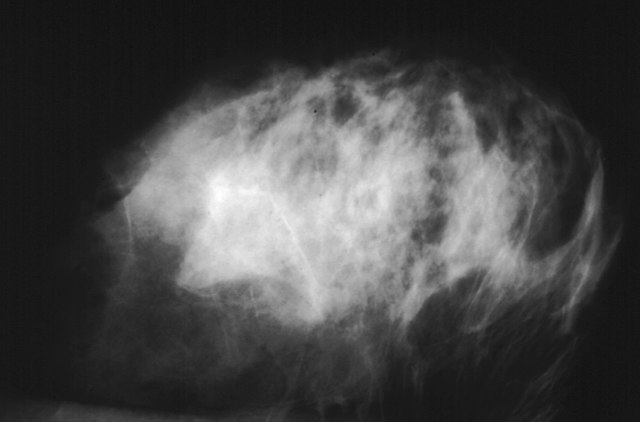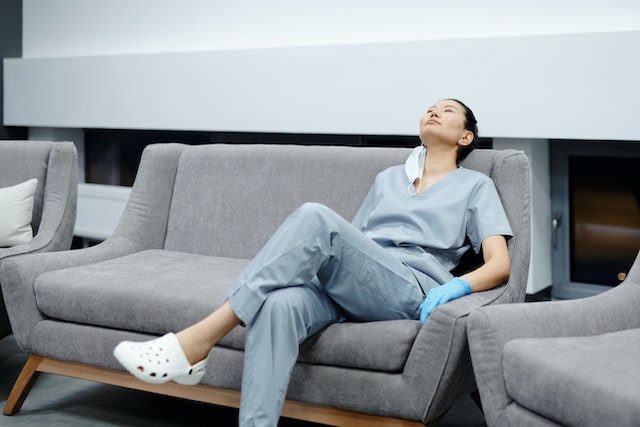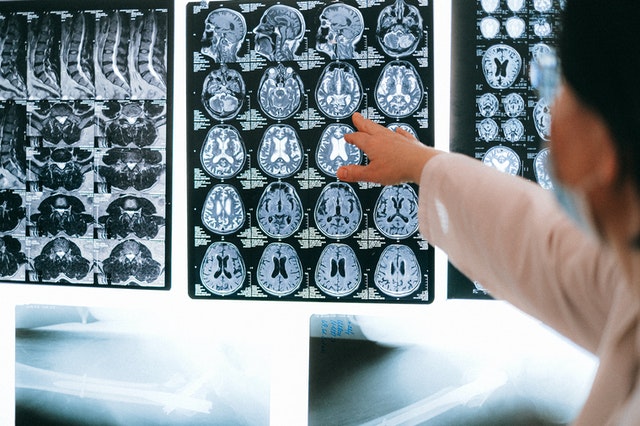A recent qualitative study aimed to investigate the factors influencing general practitioners’ (GPs) decisions to fulfill patient requests for imaging studies during clinical consultations. Ten GPs from private medical centers in Northwest Sydney were interviewed, and their perspectives were analyzed through content analysis. On the other side of the spectrum, we explore an American study that reveals the importance of encouraging more people to undergo screenings.
Patient Imaging Requests
The study revealed six key themes that emerged from the interviews regarding GPs fulfilling patient imaging requests:
Patient Expectations: Patients’ desires and expectations played a significant role in GPs’ decisions to fulfill imaging requests. Some patients expected certain tests due to their health concerns or beliefs.
‘Therapeutic Scans’: GPs recognized that some patients viewed imaging scans as a form of reassurance or therapeutic action. This influenced GPs to fulfill requests to alleviate patient anxiety.
“I find X-rays have become a therapeutic requirement, [and] that their [patients’] problem often dissipates once the request is given. (Female, 40)”

‘Impressive Labels’: The use of serious-sounding terms in imaging reports contributed to patients’ perception of the severity of their condition. This, in turn, led to increased requests for such scans.
Entitlement: Some patients exhibited an attitude of entitlement, expecting imaging scans without sufficient medical justification. GPs were more likely to decline such requests, especially during initial visits.
Defensive Medicine: GPs expressed concerns about potential legal repercussions if they refused imaging requests. Fear of litigation influenced GPs to fulfill requests to avoid legal issues.
‘New Patients’: GPs were cautious about fulfilling imaging requests from new patients, as they needed time to establish trust and assess the necessity of the requested scans.
The study concluded that GPs faced challenges in balancing their role as gatekeepers of imaging with patient expectations. Clear guidelines, patient education, and GP training were suggested as potential strategies to manage patient expectations and provide appropriate care. The study sheds light on the complexities of patient-GP interactions regarding imaging requests and highlights the need for evidence-based strategies to navigate these challenges. The study was conducted within the Australian Medicare system, where medical imaging is relatively accessible and affordable, and the findings contribute to understanding the dynamics of patient-GP interactions in this context.
Cancer Screenings Saves Millions of Years of Life
Meanwhile an American study conducted by teams from the University of Chicago, University of Michigan, and study sponsor Grail LLC estimates that Americans have gained an additional 12 million years of life due to preventive cancer screenings over the past 25 years, leading to an economic impact of around $6.5 trillion. These screenings, targeting early signs of breast, colon, cervical, and lung cancers among high-risk adults, emphasize the importance of encouraging more individuals to undergo recommended cancer checks and exploring novel screening methods. The study suggests that if all eligible individuals received current screening for these cancers, it could save an extra 3.3 million life-years and add $1.7 trillion in economic impact.

The research utilized a mathematical model to assess the impact of cancer screenings endorsed by the U.S. Preventive Services Task Force (USPSTF). This federally authorized panel evaluates evidence for preventive medical services and provides recommendations using letter grades. Since 2010, screenings with “A” or “B” grades have been covered by most insurances without patient costs under the Affordable Care Act.
Although screenings for breast, colorectal, cervical, and lung cancers have saved millions of life-years, their full potential remains untapped. The majority of life-years saved and economic impact come from cervical cancer screening due to its early and consistent screening intervals for individuals aged 18-65. However, the study acknowledges that the availability of the HPV vaccine since 2006 could affect the future value of cervical cancer screening.
While there are validated screening tests lacking for many cancer types, decreased death rates from cancers with available screenings have contributed to the overall reduction in U.S. cancer deaths. To establish more broadly validated cancer screenings, further research is needed, potentially evaluated by the USPSTF. Novel screening tools like blood tests for multiple cancer types are in development, but AI-based tests have yet to undergo review by relevant bodies for efficacy and recommendations.
Sources:
onlinelibrary.wiley.com
michiganmedicine.org
Openai.com


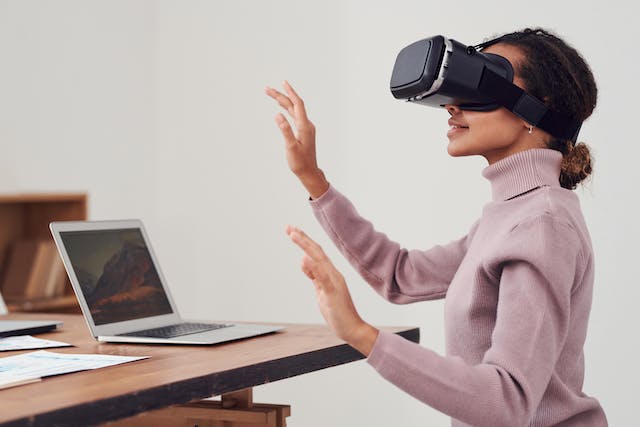




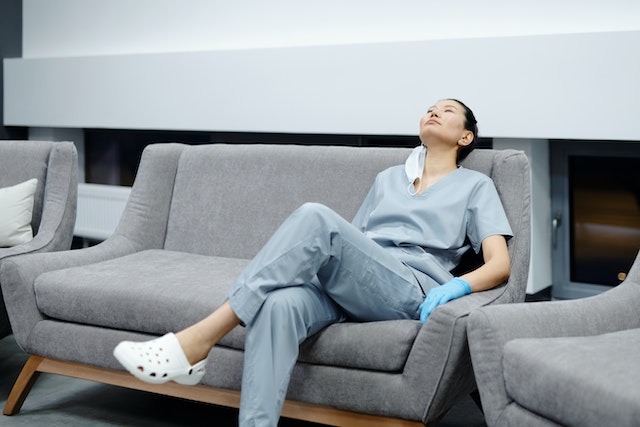
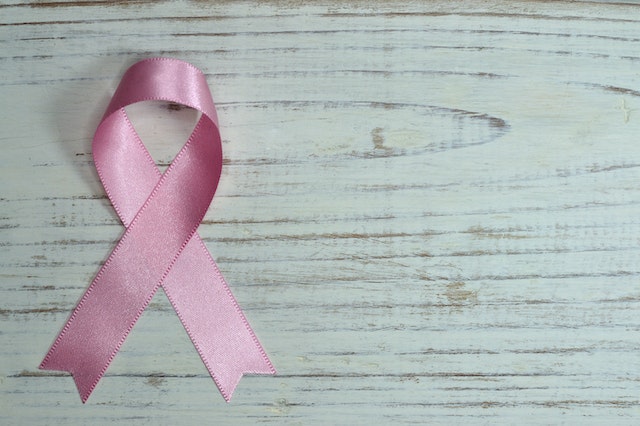




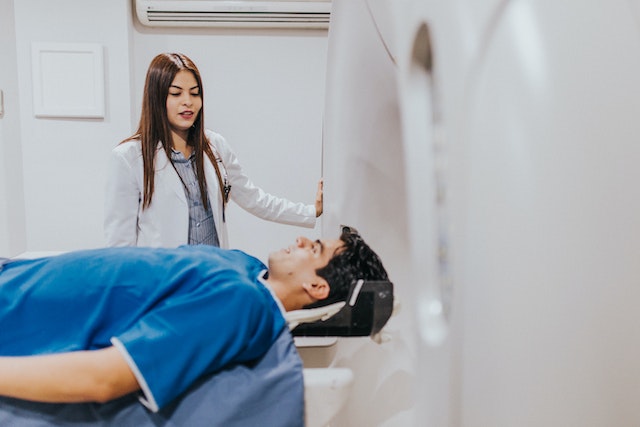
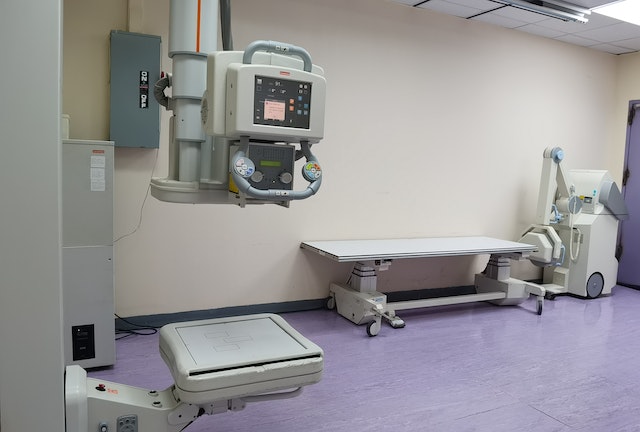
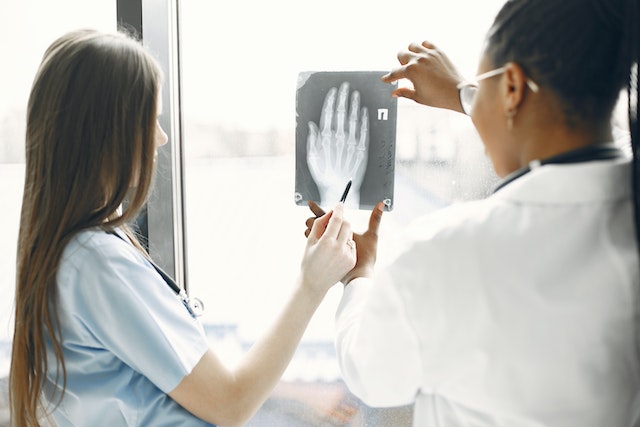 Sources:
Sources: